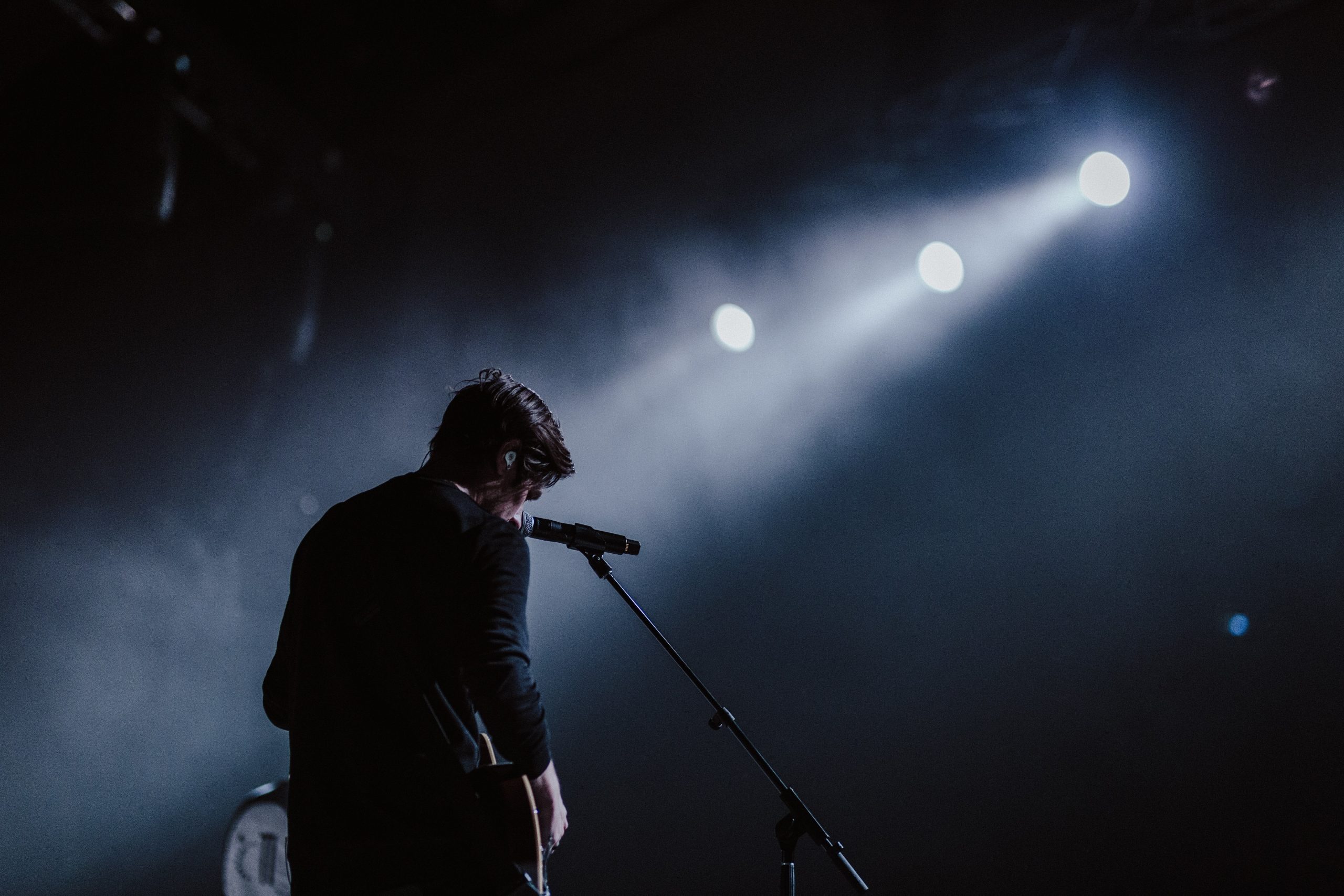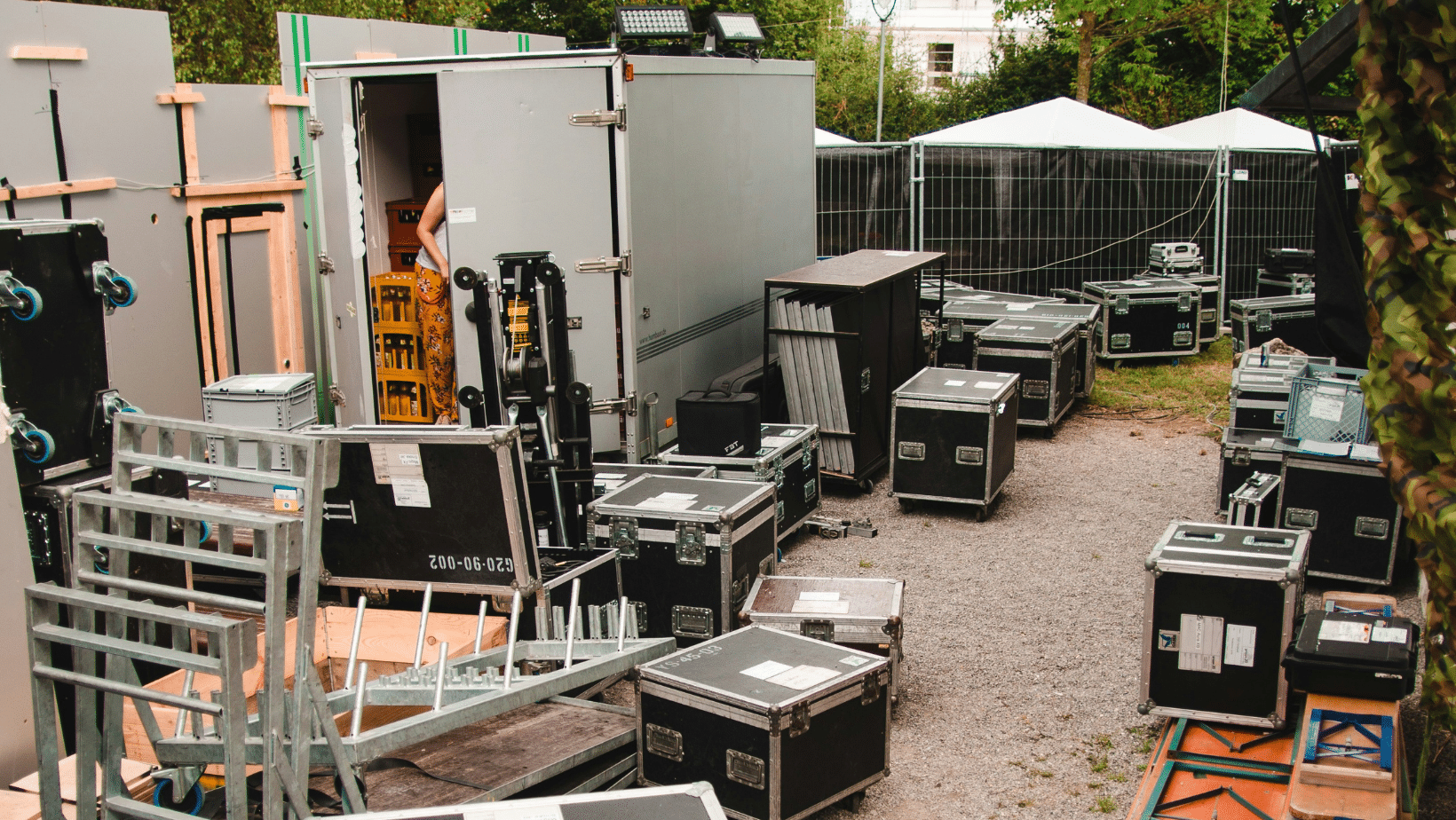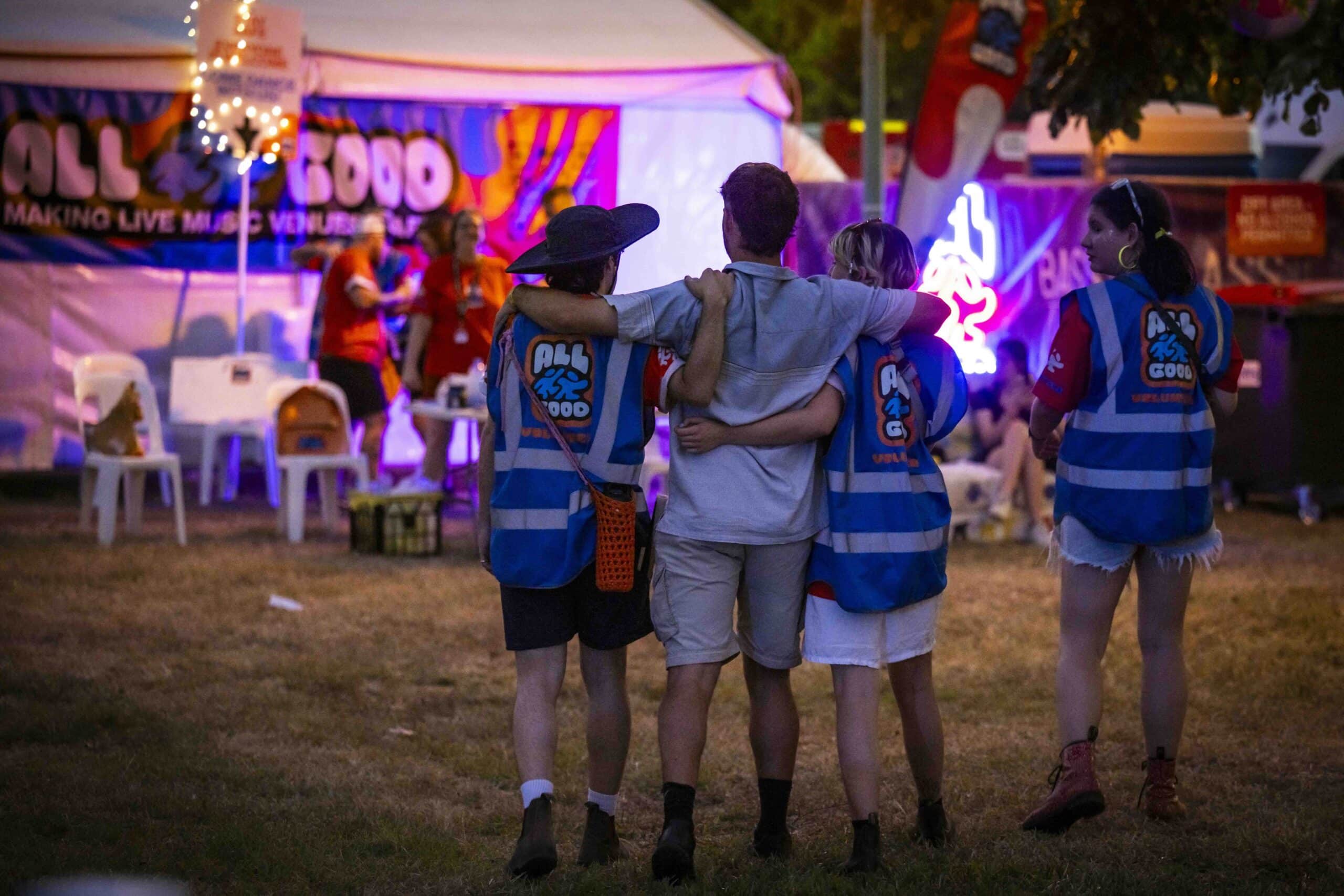“Creativity is the residue of time wasted…”
Albert Einstein
MYTH #1 – CREATIVITY HAS TO BE ‘ORIGINAL’
There is a common myth that creativity has to be entirely new and never been done before. However, the truth is that creativity often builds on existing ideas and concepts, combining and reimagining them in new ways. What makes a creative idea truly original is not necessarily the idea itself, but the way in which it is executed and presented.
Mythbusting Challenge #1:
Find a creative work that inspires you and aim to recreate it as precisely as possible
What did you learn about creative techniques and approaches?
What were the points of difference between their work and yours?
Could these points of difference help identify what’s unique about you and your approach?
M Y T H #2 – CREATIVITY ARRIVES IN A FLASH OF INSIGHT
While inspiration can certainly strike suddenly, the creative process is often a slow and deliberate one that involves a lot of hard work, experimentation, and perseverance. Creative ideas often emerge gradually, through a process of trial and error, and require effort and dedication to develop and refine.
Mythbusting Challenge #2:
Instead of forcing yourself to overthink in order to solve problems, can you allow yourself to pause?
Find a guided mindfulness meditation track or set a timer for 5 or 10min and for that time, aim to focus on your breath.
Imagine, with each breath you take in, that you’re creating space inside your body and mind.
M Y T H #3 : CREATIVES ARE BORN NOT MADE
This myth suggests that some people are naturally creative, while others are not. However, research has shown that creativity is not a fixed trait, but rather a skill that can be developed and improved through practice and hard work. Anyone can be creative with the right mindset, tools, and resources.
Mythbusting Challenge #3:
Think back to a creative activity that you enjoyed as a child.
Can you revisit this activity again, with the same sense of curiousity and wonder?
How does it feel to engage in this activity again?
Can you re-connect with that child-like sense of play?
Do you notice more self-criticism or judgment?
What feels different and what feels the same?
M Y T H #4 : STRUCTURE & ROUTINE STIFLES CREATIVITY
While structure and routine can sometimes seem limiting, they can actually be beneficial for creativity. Having a routine can help provide structure and stability, which can free up mental energy for more creative thinking. Additionally, having structure in place can help keep the creative process focused and organised.
Mythbusting Challenge #4:
Break a creative project into different, bite-sized increments, that will each meaningfully contribute to your creative practice.
In five minutes, I can…
In thirty minutes, I can..
In one hour, I can…
Find your calendar and schedule these times/tasks into your week.
M Y T H #5 : MENTAL ILLNESS INSPIRES CREATIVITY
While it is true that some artists and creatives have struggled with mental health issues, it is not accurate to say that mental illness inspires creativity. Mental illness is a serious issue that can have a negative impact on a person’s life and well-being, and it should not be romanticised or glorified. Creativity can emerge from a wide range of experiences and emotions, both positive and negative, and it is important to approach the topic with sensitivity and empathy.
Mythbusting Challenge #5:
Explore destructive & restrictive ideas related to your own creativity.
How can you challenge these?
Finish this sentence, “To be creative, I must be…”
Look out for responses that promote poor or unsustainable health & wellbeing, including “unhappy / depressed, an alcoholic/drug user, isolated from friends & family, grinding constantly.”
How might you challenge these ideas?



